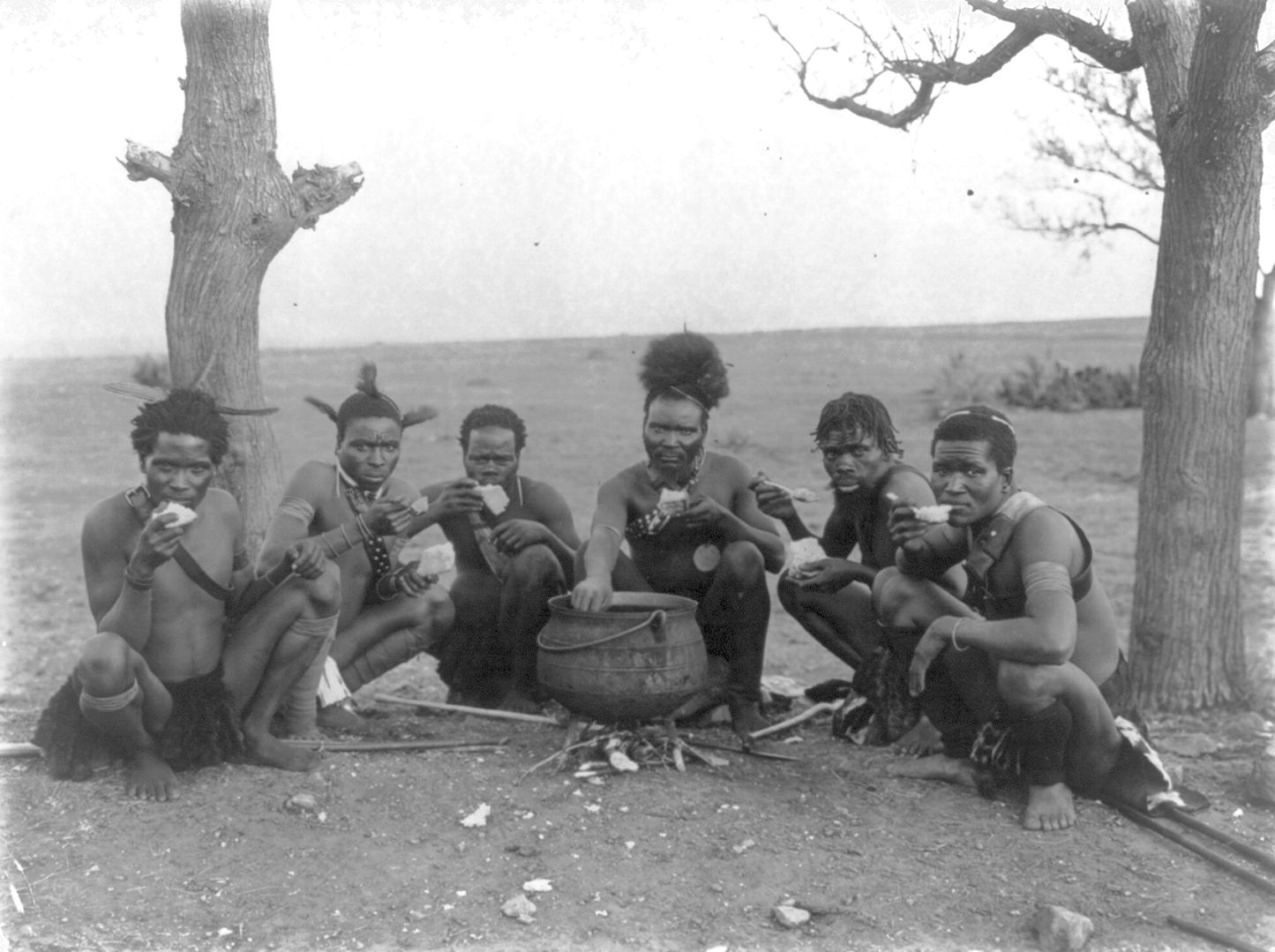Note: This article has been excerpted from a larger work in the public domain and shared here due to its historical value. It may contain outdated ideas and language that do not reflect TOTA’s opinions and beliefs.
From Zululand and Cetewayo by Sir Walter Robert Ludlow, 1882.
The way in which fire is produced is very clever. In nearly all the huts we visited, several fire sticks were hung up in the roof. They are about the thickness of a man's thumb and slightly charred, one being about a yard long and having the end pointed, the other shorter and thicker with several shallow holes into which the pointed stick fits. In using these sticks the Zulu squats on the ground and holds the smaller one firmly grasping the bottom end with his toes; he then inserts the point of the longer stick in one of the holes and twirls it rapidly round with the palms of his hands. The exertion is so violent that the perspiration streams off him.
Gradually fine wood dust is produced in the hole, then a slight smoke arises. Another Zulu beside him receives the smouldering wood dust in a little ball of shredded grass which, quick as lightning, he introduces into a larger ball of dried grass, and whirling both round his head rapidly, they burst into a flame. It is very difficult for one man to produce fire as the exertion is so great. Two generally sit opposite each other, and when the first has brought the palms of his hands down to the bottom of the rod, the man opposite to him is ready at once to twirl it, so that the friction is not lost for an instant.
Ludlow, Walter Robert, Sir. Zululand And Cetewayo: Containing an Account of Zulu Customs, Manners, And Habits, After a Short Residence In Their Kraals, With Portrait of Cetewayo. London: Simpkin, Marshall, and co., 1882.
About TOTA
TOTA.world provides cultural information and sharing across the world to help you explore your Family’s Cultural History and create deep connections with the lives and cultures of your ancestors.


